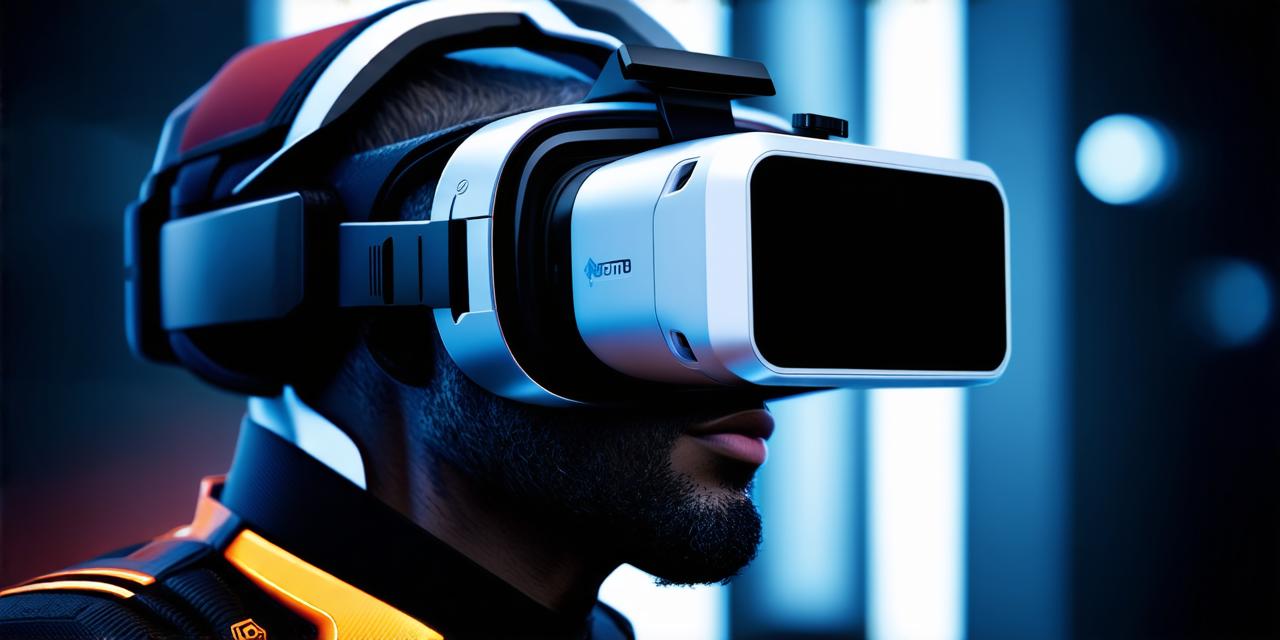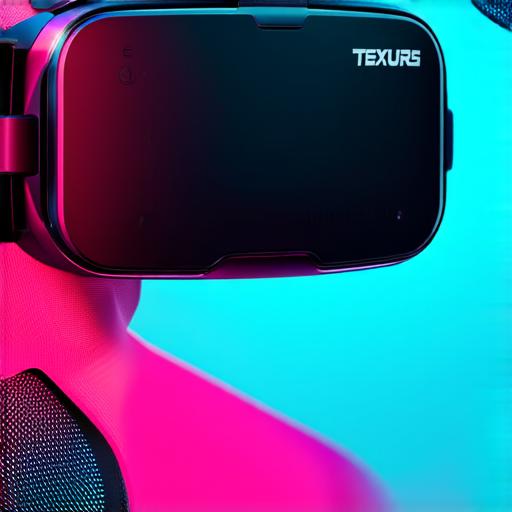
What does a virtual reality headset do?
Virtual reality (VR) is a rapidly growing field that is changing the way we experience and interact with the world around us. At its core, VR is a technology that creates an immersive, simulated environment that can be experienced through a head-mounted display (HMD) or other wearable devices.
What is a Virtual Reality Headset?
A virtual reality headset is a device that is worn on the head and tracks the movements of the user’s eyes, allowing them to experience a simulated environment in real-time. The most common type of VR headset is the HMD, which typically consists of a headband, two screens, sensors, and other components.
How does a Virtual Reality Headset Work?
The process of creating a virtual reality experience starts with the creation of a 3D model or environment. This model can be anything from a simple room to a complex, fully-rendered world. Once the model is created, it is loaded into a software program that renders it in real-time and sends the resulting image to the VR headset.
The VR headset uses sensors to track the movements of the user’s eyes, allowing them to look around the simulated environment as if they were really there. This is accomplished through a process called stereoscopic display, which presents two slightly different images to each eye, creating the illusion of depth and perspective.
In addition to tracking eye movement, VR headsets may also use other sensors, such as accelerometers and gyroscopes, to track the user’s head movement and adjust the image accordingly. This allows the user to look around and interact with the simulated environment in a more natural way.
Benefits of Using a Virtual Reality Headset
Virtual reality technology has a wide range of applications, from gaming and entertainment to education and training. Some of the key benefits of using a virtual reality headset include:
- Immersive Experience: A VR headset creates a truly immersive experience that can transport the user into a simulated environment.
- Increased Engagement: Virtual reality technology has been shown to increase engagement and motivation, making it an effective tool for education and training.
- Improved Visualization: Virtual reality technology allows users to visualize complex data and concepts in a more intuitive and interactive way. This can be particularly useful in fields such as architecture, engineering, and design.

Real-Life Examples of Virtual Reality Headsets in Action
Virtual reality headsets are being used in a wide range of industries, from gaming and entertainment to education and training. Here are a few real-life examples of virtual reality headsets in action:
- Gaming: VR headsets have become increasingly popular among gamers, allowing them to experience games in a more immersive way. For example, the Oculus Quest 2 is a wireless VR headset that allows users to play games on their own or with friends and family.
- Training: Virtual reality technology has been used to create realistic simulations of dangerous job environments, allowing trainees to practice their skills in a safe and controlled setting. For example, the Medical Realities platform uses virtual reality to simulate surgical procedures, allowing doctors to practice and improve their skills without risking patient safety.


